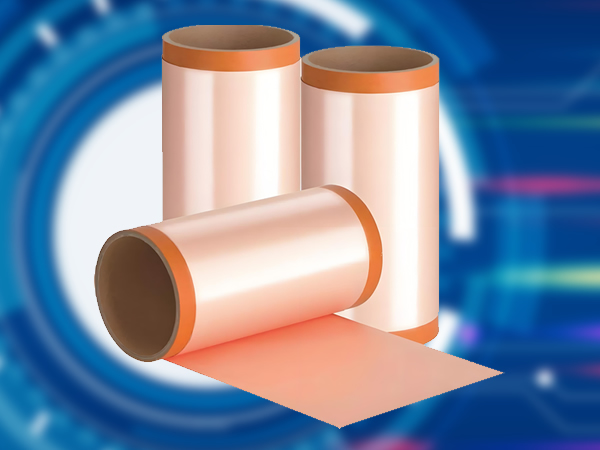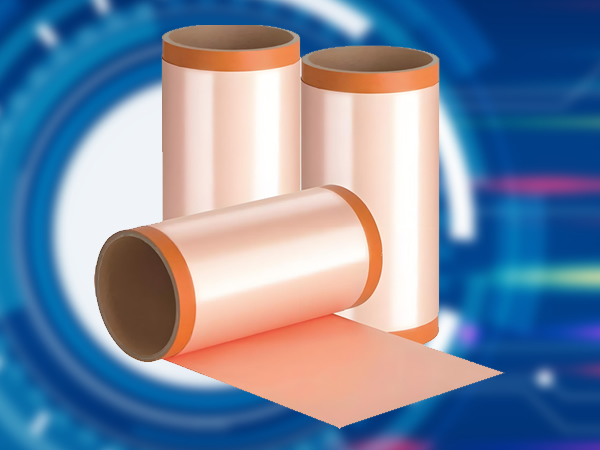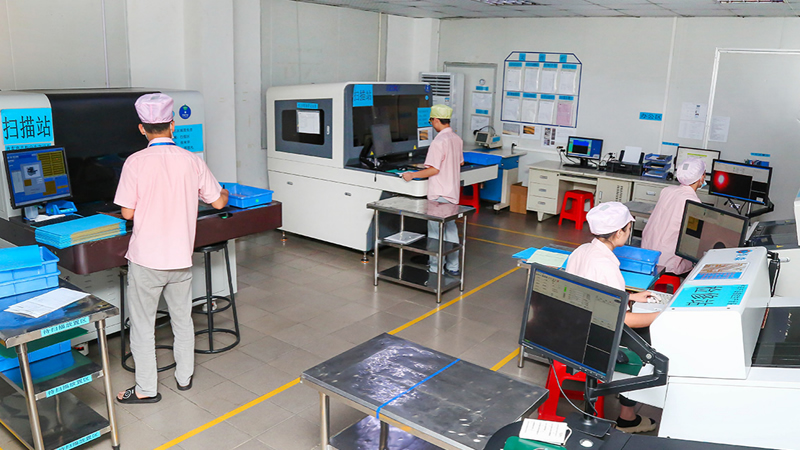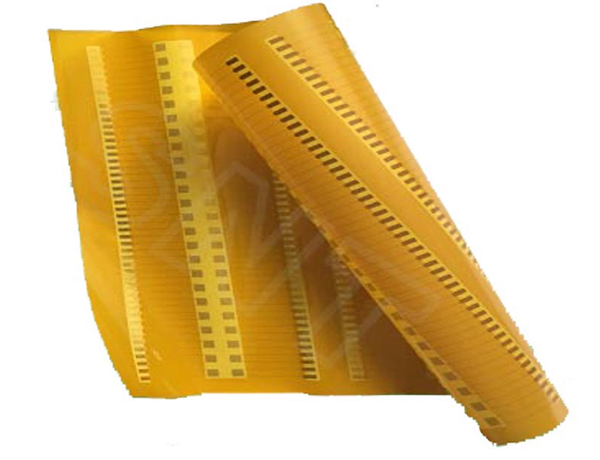News
Site Editor
 Site
/uploads/image/667d0e0257f45.png
Site
/uploads/image/667d0e0257f45.png
Performance Comparison and Applicability Analysis of Adhesive FCCL and Adhesiveless FCCL for Flexible Printed Circuits (FPCs)
Views: 1598
Author: Site Editor
Publish Time: 2025-01-17
Origin: Site
Abstract:
This paper aims to provide a theoretical foundation and practical guidance for the selection of substrates in Flexible Printed Circuits (FPCs) by conducting an in-depth comparative analysis of the performance characteristics, manufacturing processes, cost-effectiveness, and applicable scenarios of adhesive-based and adhesiveless substrates from a professional and academic perspective.
I. Introduction
Flexible Printed Circuits (FPCs) serve as an indispensable component in modern electronic devices, and the choice of substrate significantly impacts the overall performance, reliability, and manufacturing cost of the circuit board. Adhesive-based and adhesiveless substrates, as the two primary types, each possess unique advantages and disadvantages. Therefore, this paper presents a comprehensive comparative analysis of these two substrates.
II. Properties and Characteristics of Adhesive-based Substrates
1.Cost-effectiveness: Adhesive-based substrates, which utilize an adhesive to bond copper foil to a polyimide film, offer lower manufacturing costs and are suitable for large-scale, low-cost production.
2.Manufacturing Process: The manufacturing process is relatively straightforward, but attention must be paid to the curing degree and uniformity of the adhesive to avoid issues such as debonding and dimensional changes.
3.Performance Limitations: They exhibit lower heat resistance, typically suitable for long-term operation below approximately 105°C; dimensional stability is poor, with susceptibility to changes under heat or moisture; and flexibility is relatively limited, unsuitable for applications requiring high bending or folding.
III. Properties and Characteristics of Adhesiveless Substrates
1.High Performance: Adhesiveless substrates, formed through a special process directly bonding copper foil to a polyimide film, exhibit excellent flexibility, dimensional stability, and heat resistance (up to 250°C and beyond).
2.Environmental Advantages: Free from adhesives, they do not release harmful gases or substances during production, aligning with green manufacturing and sustainable development requirements.
3.Applicable Scenarios: Suitable for high-density, high-precision design needs, as well as complex application scenarios such as dynamic bending, high-frequency signal transmission, and high-temperature operation.
IV. Comparative Analysis
1.Cost-effectiveness: Adhesive-based substrates are cost-effective and suitable for applications with strict cost requirements; adhesiveless substrates, while more expensive, offer superior performance and are ideal for applications demanding high performance and reliability.
2.Manufacturing Process: The manufacturing process of adhesive-based substrates is relatively simple but requires attention to quality control; that of adhesiveless substrates is complex, necessitating higher technical expertise and equipment investment.
3.Performance and Applicable Scenarios: Adhesive-based substrates are suitable for products with standard performance requirements; adhesiveless substrates are better suited for products requiring high performance, high reliability, and special application scenarios.
V. Conclusion
In summary, adhesive-based and adhesiveless substrates each possess unique properties and characteristics in Flexible Printed Circuits (FPCs). When selecting a substrate, factors such as product performance requirements, application scenarios, and budget should be fully considered. For products emphasizing cost-effectiveness and standard performance requirements, adhesive-based substrates may be a suitable choice; for products demanding high performance, high reliability, and special application scenarios, adhesiveless substrates offer greater advantages. Therefore, in the design and manufacturing of FPCs, the substrate type should bereasonably selected based on actual needs to ensure the overall performance and reliability of the circuit board.


